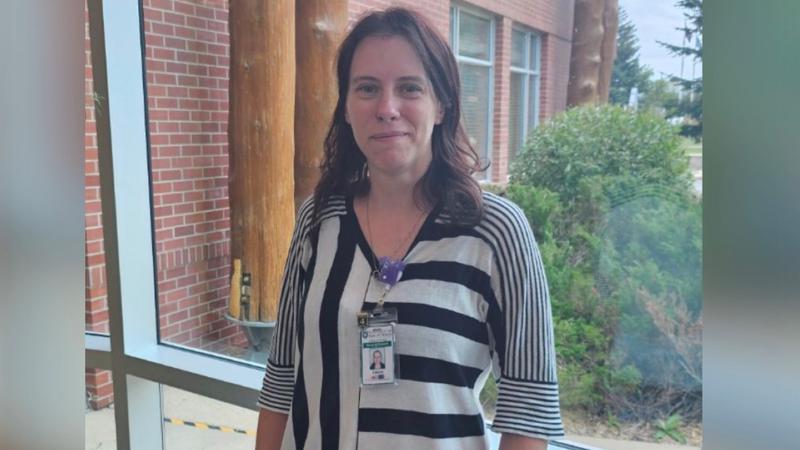
SHA planning for significantly better COVID-19 scenario
The Saskatchewan Health Authority (SHA) says the province is in a significantly better position to manage COVID-19 as a result of the interventions taken to date to slow the spread of the virus.
In a planning scenario outlined earlier this month the SHA said cumulative deaths could run to 6,815 with a total case amount of 335,000. However, now it is planning for a scenario that could see 3,050 cumulative deaths and 254,756 cases.
 The new planning scenario in yellow shows a significant improvement compared to the April 8 scenario in blue. (Government of Saskatchewan)
The new planning scenario in yellow shows a significant improvement compared to the April 8 scenario in blue. (Government of Saskatchewan)In a lengthy document released Tuesday SHA said their new planning scenario assumptions now estimate needing 1,000 fewer hospital beds, 400 fewer ICU beds and 400 fewer ventilators than previously announced on April 8, 2020.




